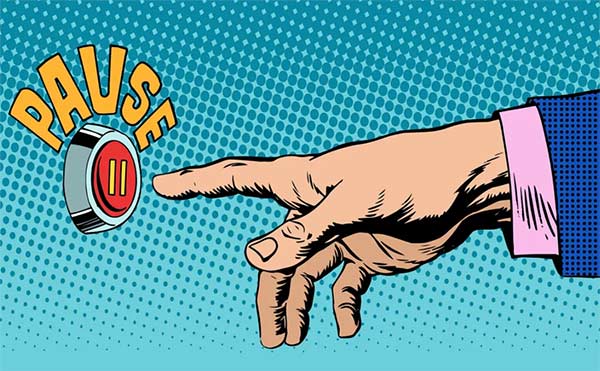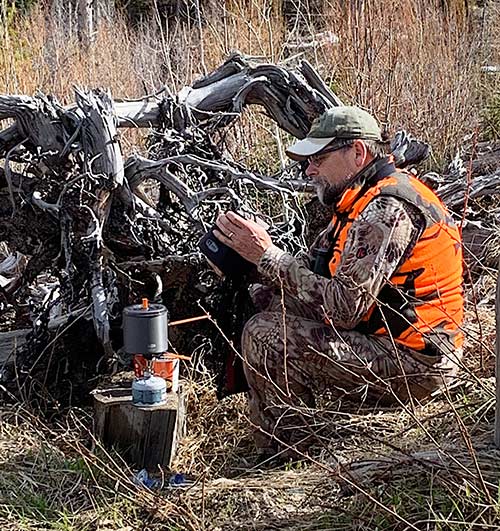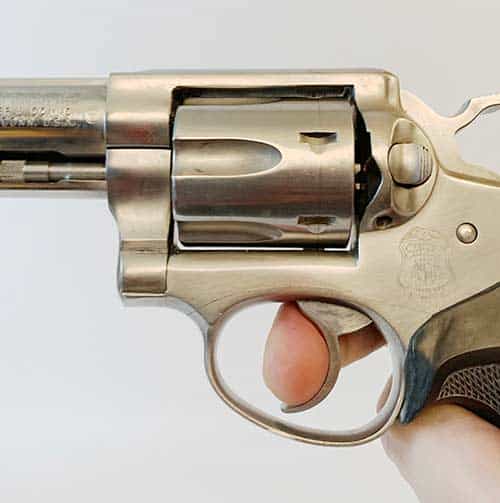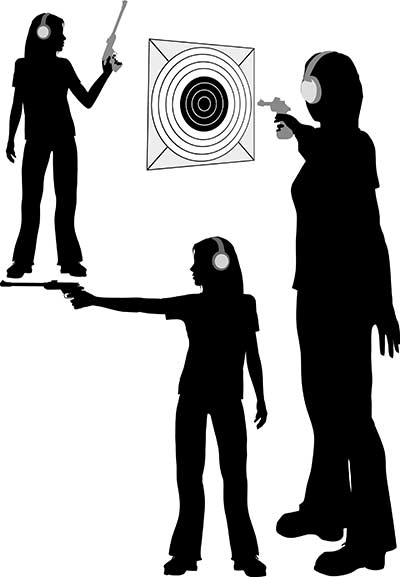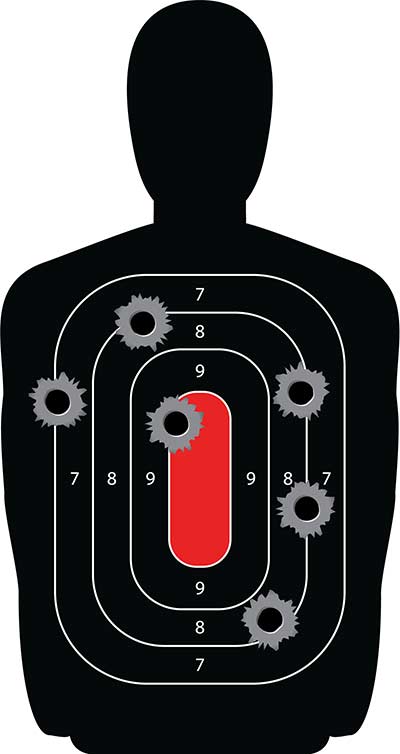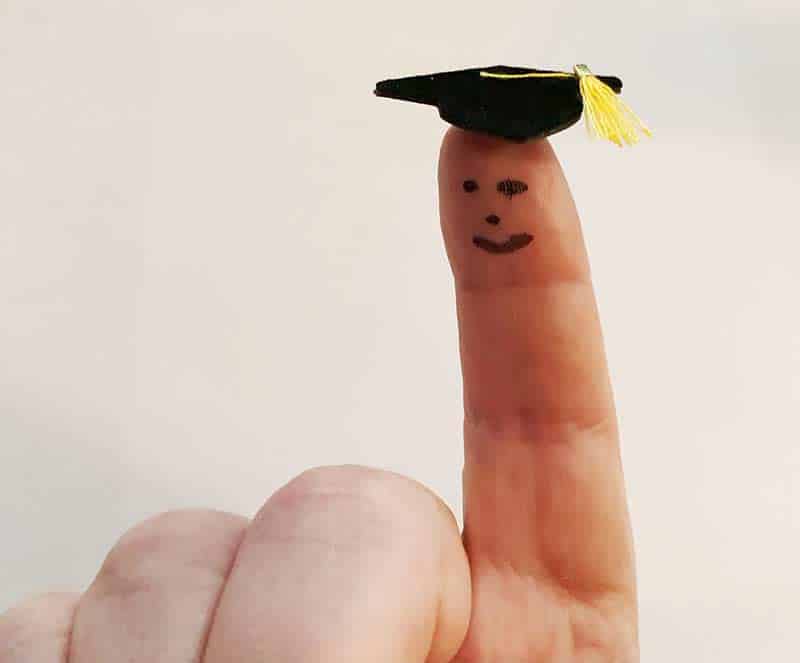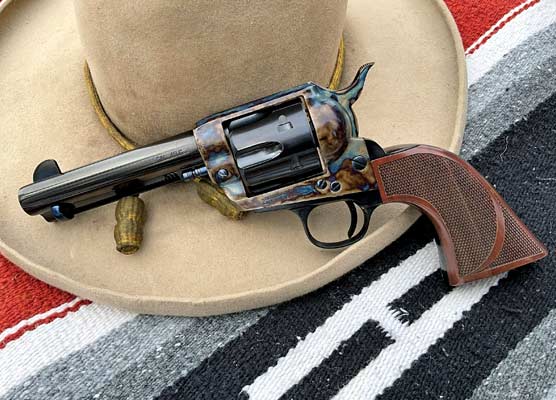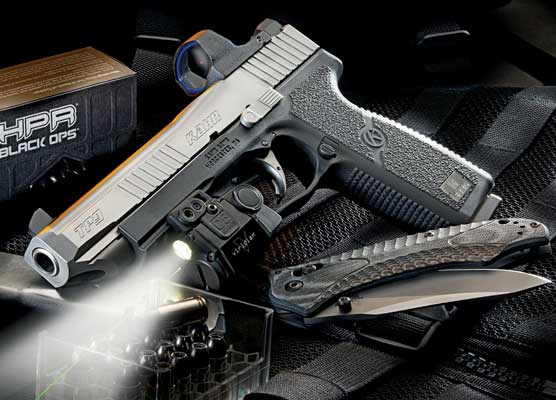Interrupting Your Trigger Press?
While spending a week bear hunting with Andy Larsson, there was much conversation covering every imaginable subject in the Universe. We were out to set the world straight with our thoughts and opinions, while hunting old Ursus americanus. Between topics, we’d partake in the shooting of gophers, or cooking soup on Andy’s portable camp stove. One of the more interesting topics covered in Andy’s F-350, was of course shooting, as we cruised from one glassing spot to another.
Simple?
For such a simple action, the trigger press is as complicated as they come. A simple lever, the trigger is used to disengage the sear, freeing the firing pin, or dropping the hammer to strike its blow on the primer. The words squeeze, pull, yank, slap and press have all been used to describe the dainty dalliance of our index finger as it presses, pulls, or squeezes the trigger. Combat shooting preaches the mantra, front sight, press for quick follow-up shooting.
Bullseye shooters have a much more deliberate sequence involving breathing, stance, grip, sight alignment, sight picture, and a slow, steady trigger press for when all the above align themselves for the perfect shot. You can be darn accurate concentrating on front sight, press, but for gold medal performance, it’s going to take more.
An Interruption of Sorts
Gil Hebard came up with the term “interrupted squeeze” to describe his technique of shooting. When first told of this technique by Andy, I immediately recognized it, as I think most experienced shooters all use this technique to some degree, without realizing it. Surely, those who have shot for score will understand the technique, while not necessarily knowing it by name.
During the interrupted squeeze, you’re still focusing on the front sight, but you’re also making sure sight alignment is perfect. This means your front sight has equal amounts of light on both sides of the rear notch and the top of the front sight is level with the top of the rear sight.
Sight picture is simply placing the top of the front sight where you are aiming while still maintaining sight alignment. When everything appears perfect, we start the trigger press, or squeeze. If during the squeeze the front sight wobbles off target, or sight alignment is broken, simply pause your squeeze. This takes tremendous muscle control of your trigger finger but can be accomplished with practice.
During the pause, you’re not letting up on your squeeze, or press, but stopping it. You may only be ounces away from the sear releasing. Once sight alignment and sight picture are regained, continue your press, or squeeze, until ignition.
Also, this interrupted pause is done as quickly as possible, without rushing yourself. There’s a malady known as target panic amongst archery shooters. The same thing occurs with firearm shooters. Target panic is both a psychological and neurological condition experienced by shooters when they anticipate the shot.
Anticipating the shot causes you to punch, slap, or jerk the trigger by trying to release the sear when sight alignment and sight picture are accomplished. It can become a reflex action, which is bad. Do you take the shot or do the shot? Is there a difference? You bet your sweet bippy there is, once you think about it.
We want to “do” the shot, not “take” it. “Doing” something is a more deliberate act, while “taking” something sounds more reckless, don’t you think? I know it’s all semantics, but when you think about it, it makes sense, especially when trying to explain it to a new shooter. You never know what will make the “lightbulb” go off in their head to understanding the process.
As Andy says, “my finger never pulled the trigger, my brain did.” This is just another way of saying a good shot should surprise us when the gun goes off. Focus and concentration are how you overcome your bad habits.
When things are lined up right, start your trigger press. If things start wobbling, interrupt your trigger press. Don’t let up on pressure, just pause it. When things line up again, continue your press. We’re talking no more than a second, or two. But remember, don’t rush the shot.
You never master a handgun. It is a diminishing skill requiring daily practice. Hopefully this explanation will help you while shooting. Once you start your trigger press, no one ever said you can’t stop, readjust, then follow through to your shot. The interrupted pause isn’t just for bullseye shooters. It can be applied to any situation where precise shooting is needed, like hunting scenarios.

